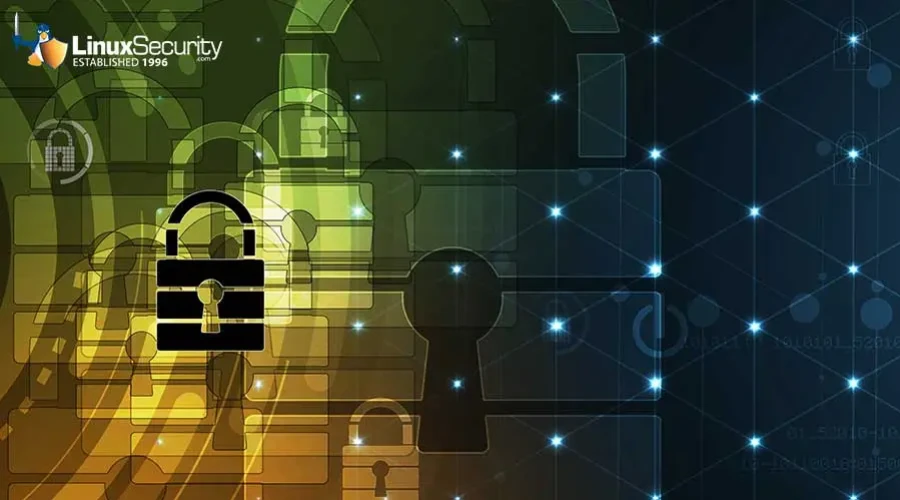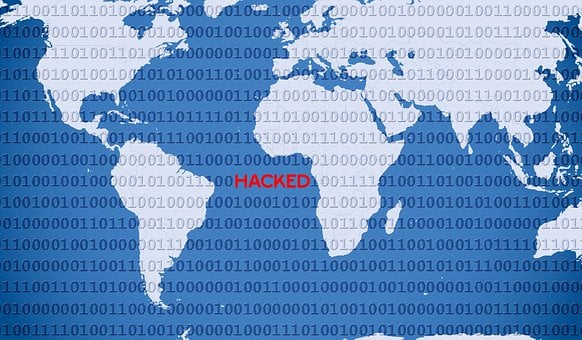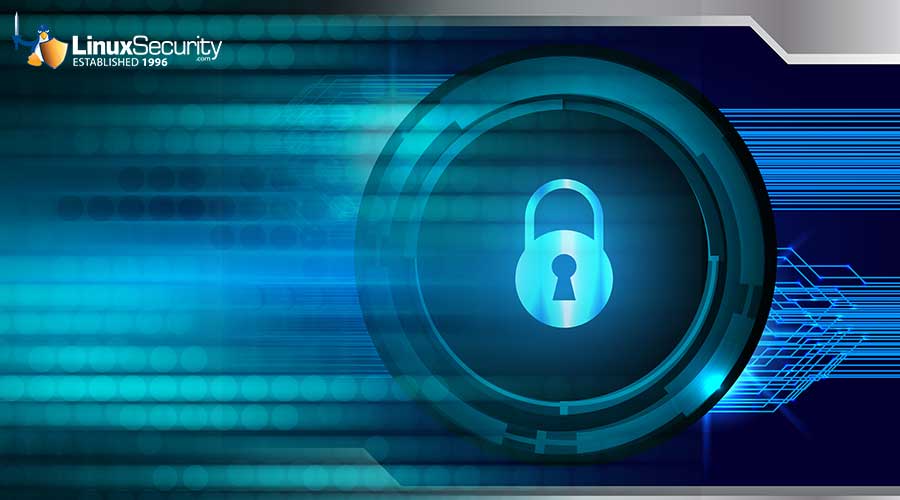New Bifrost Malware Evades Detection, Threatens Linux Server Security

A new variant of Bifrost, a remote access Trojan (RAT), has been observed attacking Linux servers. The new variant, dubbed Bifrose, employs a deceptive domain name to evade detection.
Security researchers have stated, "The latest version of Bifrost reaches out to a command and control (C2) domain with a deceptive name, download.vmfare[.]com, which appears similar to a legitimate VMware domain." This is significant because it shows that attackers are getting more sophisticated in using socially engineered techniques to trick users. The use of this domain made domain name system (DNS) monitoring and blocking more difficult. To avoid detection, the malware also uses misleading domain names such as C2 instead of IP addresses.
Why Is this Malware So Dangerous?
 The fact that stripped binaries were used indicates that the attackers employed this tactic to hinder analysis. This makes reverse engineering more difficult and time-consuming for security professionals. Additionally, it is concerning that researchers discovered that a malicious IP address hosts an ARM version of Bifrost, suggesting that attackers are attempting to increase the area of attack.
The fact that stripped binaries were used indicates that the attackers employed this tactic to hinder analysis. This makes reverse engineering more difficult and time-consuming for security professionals. Additionally, it is concerning that researchers discovered that a malicious IP address hosts an ARM version of Bifrost, suggesting that attackers are attempting to increase the area of attack.
These developments pose profound implications for Linux admins, infosec professionals, sysadmins, and internet security enthusiasts. These security practitioners must stay informed and prepared to defend against these types of attacks. They must be increasingly vigilant with system updates, network monitoring, staying up-to-date with the latest security patches, and access controls. It is important to be proactive in securing networks and systems against cyber threats.
Our Final Thoughts on Bifrose Malware
The new Bifrost malware targeting Linux servers employs enhanced deceptive tactics to infect systems and steal confidential information. The malware can bypass traditional security measures using typosquatting techniques, making it harder for even experienced security teams to detect and mitigate. With the rise of newly developed malware using this deception, we must remain vigilant with our defensive measures. It is crucial for Linux admins, infosec professionals, internet security enthusiasts, and system administrators worldwide to actively look for and eliminate such malware to safeguard sensitive information and maintain the integrity of computer systems.























